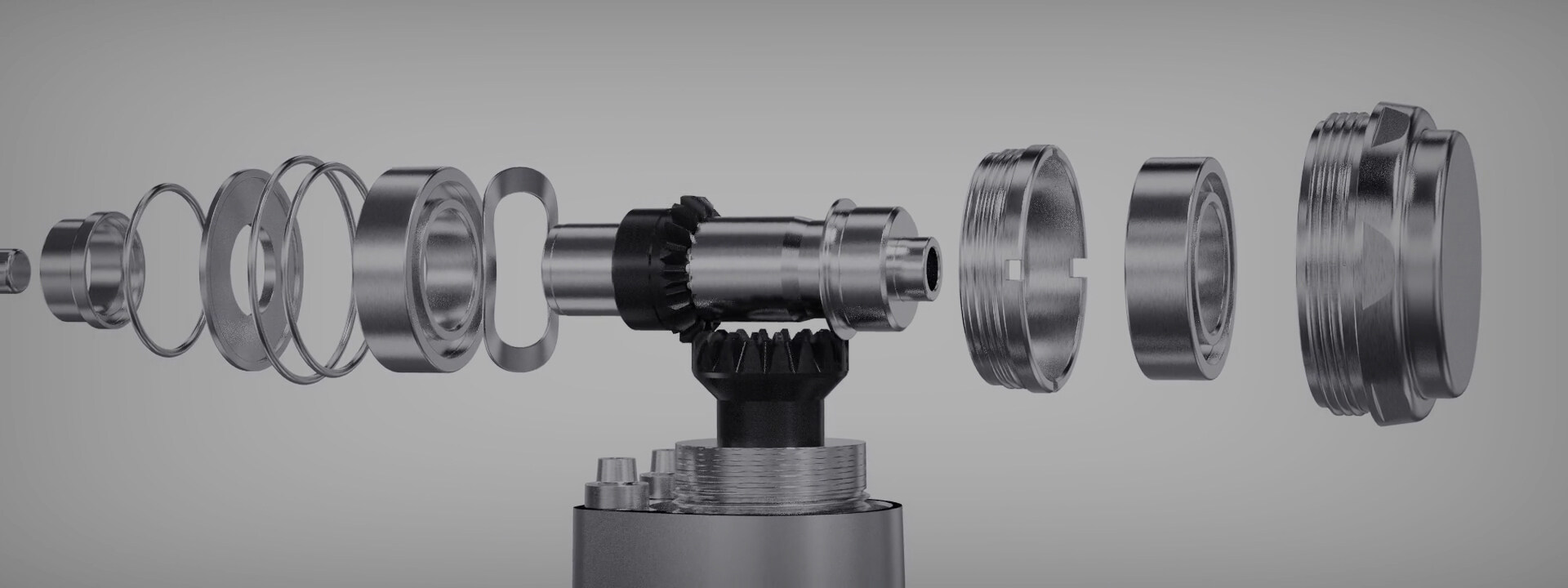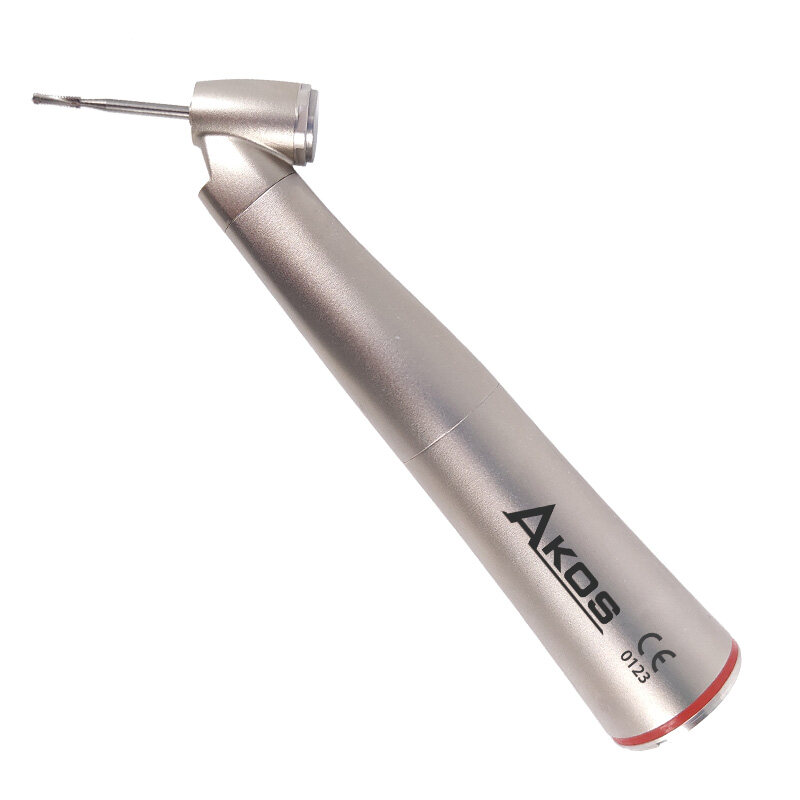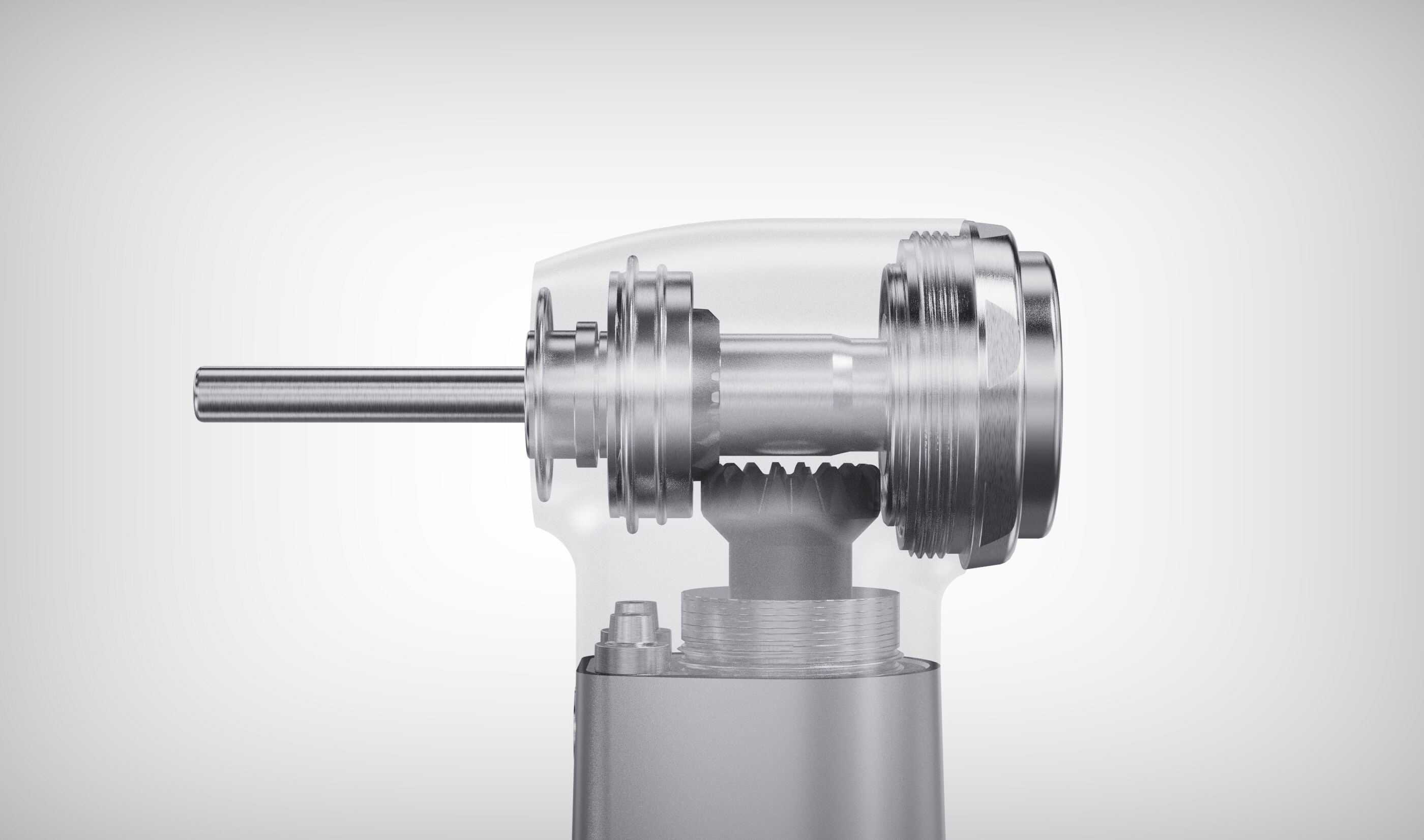E-postformatfel
emailCannotEmpty
emailDoesExist
pwdLetterLimtTip
inconsistentPwd
pwdLetterLimtTip
inconsistentPwd

Nyheter
Här kan du beskriva en textbit du vill uttrycka.

Vilka är skillnaderna mellan höghastighets- och låghastighetstandstycken?
Dentalhandstycken - ofta kallad ”borrar” - är ett viktigt verktyg i alla tandläkare. Ett brett sortiment av tandvårdspersonal, hygienister, orala hälsospecialister och labbtekniker använder dessa specialdesignade utrustningsstycken för att hjälpa till att optimera den orala hälsan hos patienter över hela världen. Det spelar ingen roll om det är en standardprofy -möte eller en omfattande kirurgisk behandling genomförs, tandstycken används. I denna grundläggande guide kommer vi att beskriva de unika skillnaderna mellan höghastighetshandstycket och det låghastighetshandstycket.

Vad är ett höghastighetstandhandstycke?
Ett höghastighetshandstycke anses vara en anordning av precision. Det tar bort tandvävnad på ett snabbt och mycket effektivt sätt. Det resulterar inte i värme, tryckökningar eller vibrationer. Dessa finns i ett brett sortiment av former, storlekar och allmän konstruktion. Operation sker vid 250 000 till 400 000 rpms. Varierande funktioner ger deras särskiljning.
Exempel på dessa funktioner inkluderar typen av huvudfästning, storleken på huvudet, ljuskällan, bitens vikt och motorns brus vid drift. Dessa används vanligtvis för att polera tänderna och den faktiska formningen av kronor och fyllningar.
Vad är ett låghastighets tandhandstycke?
Låghastighetshandstycken anses också vara precisionsverktyg för tandläkare och specialister. Dessa arbetar vanligtvis med en hastighet av 5 000 till 40 000 varvtal. Vattencirkulationen är inte nödvändig eftersom låghastighetsversionerna inte fungerar på en sådan nivå att de skapar höga nivåer av värme. I de flesta fall används dessa för tunga jobb.
Exempel inkluderar att ta bort hålrum från munnen och förbereda tänder för tillägg av kronor, fanér och/eller fyllningar. Dessa är idealiska verktyg för ortodontiska procedurer och återställande arbete.
På grund av den låga driftshastigheten tenderar dessa tandhandstycken att ha en längre livslängd än den för höghastighetshandstycken. Detta beror på den mindre belastningen på enhetens mekaniska aspekter.

